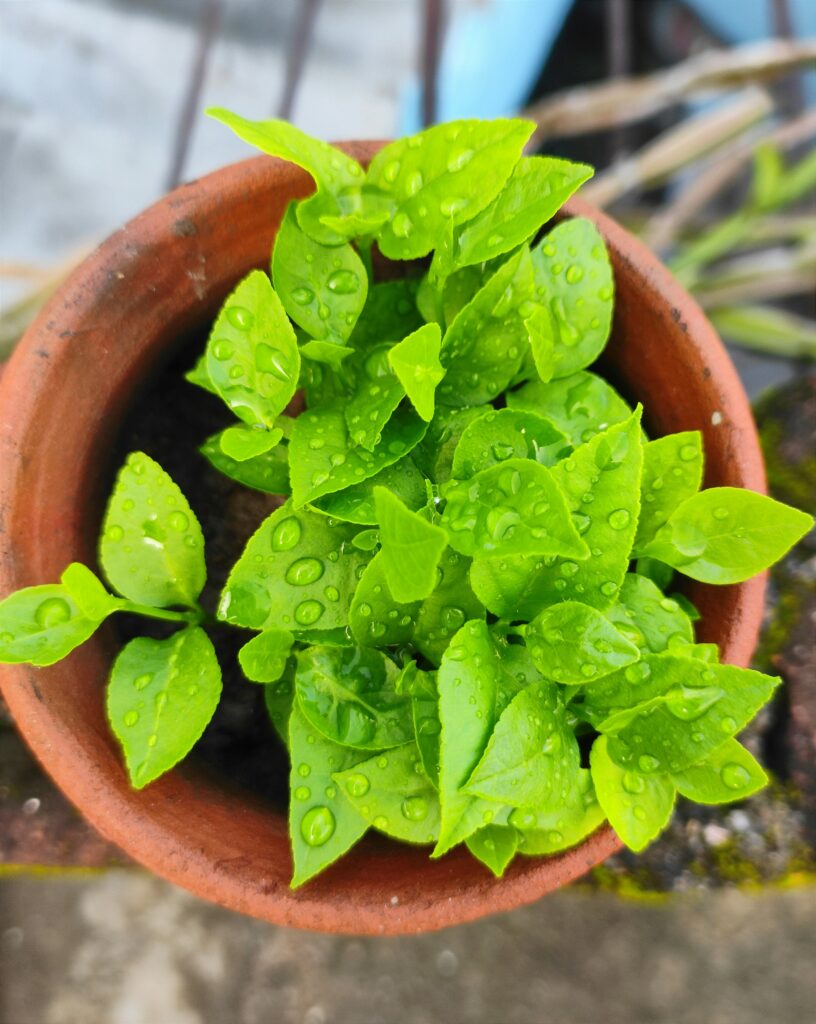Why Your Plant Might Be Dying (Even If You’re Watering It)
Did you know that over 75% of indoor plant deaths are due to improper watering? Source: University of Illinois Extension
You lovingly bring home a new plant, place it in your favorite sunny corner, water it like clockwork—and yet, it starts to droop. Sound familiar? Many first-time plant parents unknowingly commit small but fatal mistakes. This guide reveals the most common plant care mistakes and shows you exactly how to revive a dying plant.
1. Overwatering: Drowning in Good Intentions

Overwatering is the most common mistake new plant owners make. Symptoms of an overwatered plant include yellow leaves, limp stems, and a musty smell from the soil.
Why it happens: Watering on a fixed schedule instead of checking soil moisture.
How to fix it: Insert your finger into the soil up to the first knuckle. If it’s damp, skip watering. Ensure your pot has drainage holes and use a well-draining potting mix.
2. Underwatering: The Silent Stressor
Underwatering causes crispy leaf edges, dry soil, and stunted growth. This often happens when new plant owners fear overwatering.
How to tell: Soil pulls away from the pot edges and feels hard or crumbly.
Fix: Water thoroughly until it drains from the bottom. Let the soil dry out slightly between waterings, depending on the plant type.
3. Wrong Soil Mix: Not All Dirt is Equal
Using the wrong soil can suffocate roots or drain too quickly. Succulents need sandy mixes, while ferns need organic, moisture-holding soils.
Solution: Always match the soil to your plant type. For example, use cactus mix for succulents and peat-based mix for tropical plants.
4. Light Mismatch: Not All Light Is Good Light
Some plants love the sun, others thrive in shade. Leggy stems and pale leaves indicate not enough light, while scorched or bleached spots mean too much direct sun.
Tip: Place light-loving plants near south-facing windows and shade-loving ones in lower-light areas. Rotate regularly for even growth.
5. Ignoring Humidity & Temperature
Tropical plants like Calatheas and Monsteras need 50-70% humidity. Air conditioning or heaters can dry them out.
Signs of low humidity: Brown leaf tips, curled edges, and stagnant growth.
How to improve: Use a humidifier, mist the leaves lightly, or group plants together to create a microclimate.
6. Skipping Root Checks and Repotting
A rootbound plant has outgrown its pot and can’t absorb nutrients. You’ll see roots circling inside the pot or poking out of drainage holes.
When to repot: If your plant hasn’t grown in months, dries out quickly, or looks crowded.
Fix: Gently loosen the roots and repot in fresh soil using a slightly larger pot.
7. Overcrowding Plants Together
Too many plants in a small space compete for light, water, and airflow.
Result: Pests spread faster, and growth is stunted.
Balance: Space your plants to allow good airflow, but cluster tropical ones for better humidity.
8. No Drainage = No Mercy
Stylish pots with no drainage holes may look great but kill roots slowly by trapping water.
Solution: Use a plastic nursery pot with drainage and place it inside decorative containers. Always empty the saucer after watering.
9. Ignoring Pests & Diseases
Watch for fungus gnats, aphids, spider mites, and mildew. Signs include sticky residue, white fuzz, or webbing.
Fix: Use neem oil, insecticidal soap, or isolate infected plants. Check your plant weekly.
10. Giving Up Too Soon
Plants go through adjustment phases, especially after repotting or relocation. They may droop, lose leaves, or slow growth temporarily.
How long to wait: Visible recovery can take 1-4 weeks. Be consistent and patient.
🌿 How to Revive a Dying Plant (Step-by-Step)
- Diagnose: Check soil moisture, light, pests, and root health.
- Adjust: Improve light conditions or change your watering routine.
- Repot (if needed): Only if rootbound or in poor soil.
- Prune: Cut away dead or damaged leaves.
- Observe: Give your plant a few weeks to respond.
Final Thoughts: Growing Plants Grows You Too
Every brown leaf is a learning moment, not a failure. With patience and proper care, your plant will bounce back—and so will your confidence as a plant parent.
Want more tips? Check out these related reads:
- Beginner’s Guide to Indoor Plant Care
- How to Choose the Right Potting Mix for Houseplants
- Top 7 Low-Light Indoor Plants That Thrive in Indian Homes
External sources for further reading:
Now go water your plant—or don’t. Check first. 😉
